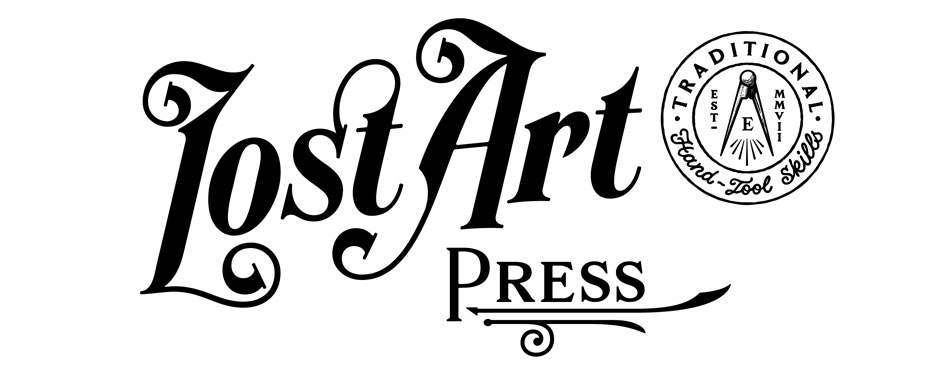If I wrote clickbait headlines, this one would be: “One Weird Trick to Really Understand Furniture Design.”
But I don’t. So instead, you’re getting some odd indie-rock lyric that works for me but does Jack Buddy for this blog’s SEO.
When I started working on “Campaign Furniture” more than a decade ago, I decided to create my own hand drawings for the book. My drawing process starts with tracing photos of originals, then modifying them in stages to show what’s important to me.
I thought I would some day advance past the “tracing” stage, but I found out something interesting about the tracing stage: It forces you to see things that your eye cannot. When you draw, your hands and eyes have to work together. But, unlike when I sketch, my hands appear to be more in control of the process when I’m tracing.
Put a different way, when I sketch freehand, my brain forces my hands to vomit out the contents of my brain. When I trace a photo, my hands force my brain to make sense of the lines and curves traveling up my arms.
Try it. Trace every detail you can see – not just the overall form. Cross-hatch the shadows. Try to make it something you would publish, which forces you to slow down. This process is in every way the opposite of sketching, which I try to do quickly (45 seconds or less at times).
After I finish a tracing (such as the stool above that I traced on Friday) I understand the seat shape and leg angles in a way that my eyes alone cannot. It’s a helpful technique with casework. With chairs, it’s invaluable. All of my recent chair designs began with tracings of pieces I like. And my deeper understanding of those chairs led to making my own original designs.
Congrats on reading this far; you’ve earned this cute animal video.
— Christopher Schwarz







